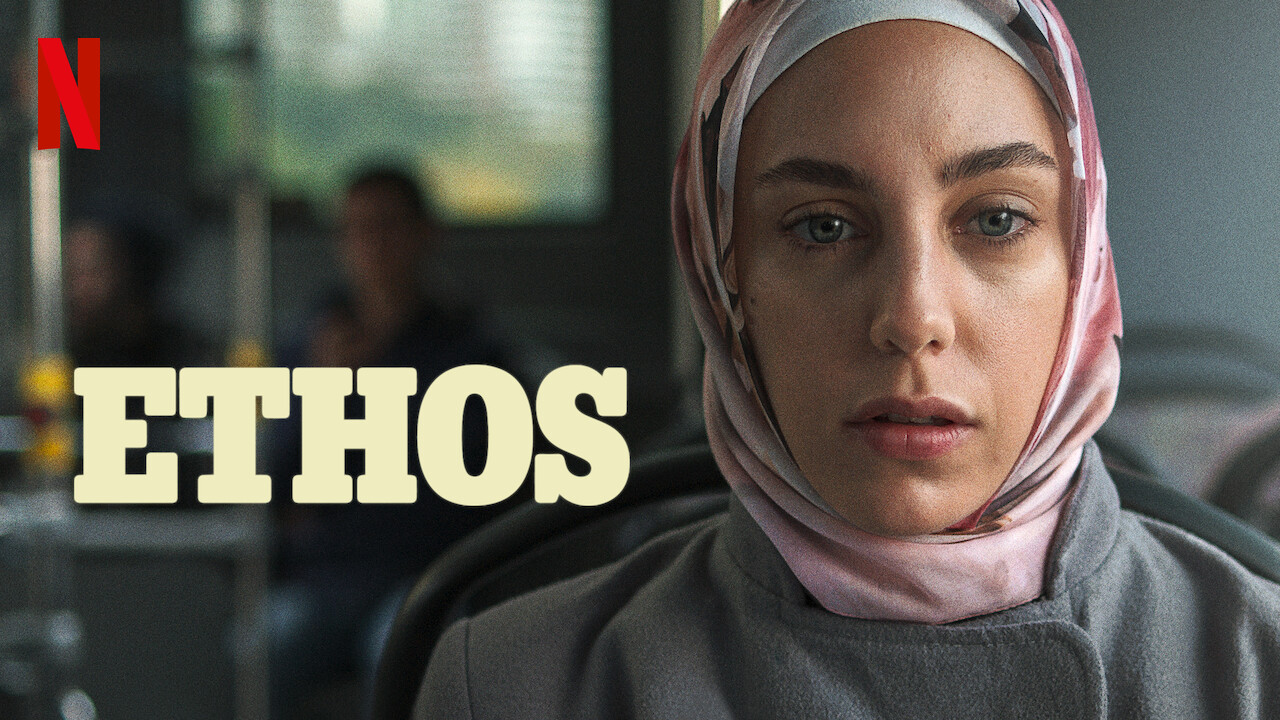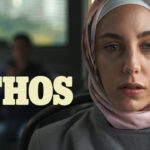Bir Başkadır (‘Ethos’): A Turkish Series Review

Many people talk about the Turkish show “Bir Başkadır,” also known as “Ethos” in other countries. This new Netflix show goes into great detail about how people in Istanbul live together. “Is Something Else,” the Turkish title means, might be a better way to describe the show than “Ethos.” The story has people whose lives are linked and twisted in surprising ways.
The eight episode series has a group of different people exploring complicated topics. Before continuing readers should be aware of any possible details. The show looks at differences between classes personal problems and what society expects of people. The author Berkun Oya mixes theater with deep thoughts about life in modern Turkey.
Plot Summary
Meryem, a hijabi woman, falls while cleaning the house at the beginning of “Bir Başkadır”. Because of this event she sees a therapist named Peri for help. The show goes back a year and shows Meryem life and the falling spells that made her go to the doctor. Meryem’s name, “Mary, the mother of Jesus” represents how clean and vital she is to the story.
Even though Peri is a great therapist she has problems in her personal life. Meryem lives with her brother Yasin, his wife Ruhiye and their two kids. Ruhiye is very unhappy and has had a rough past. She has tried to kill herself before because of bad things that happened to her. Sinan is a playboy and a significant character. He has complicated relationships with other characters and even flirts with Meryem.
The show weaves these characters’ stories together showing their problems, links and the surprising ways their paths meet. As the story goes on we learn more about the characters’ pasts and the issues they’ve been hiding. This creates a rich and complex story that shows how their lives in Istanbul are connected.
Character Analysis
Meryem
Meryem is the central figure and stands for morality and cleanliness. In modern Turkey women who wear hijabs face many social pressures. Her battles with passing out and personal problems show more significant issues of faith and identity. Meryem is like a moral guide in the series; she represents purity and the search for inner peace.
Peri
Peri stands for the “white Turk,” a wealthy and educated class that is unhappy with their lives. Her high social status starkly contrasts how lonely and troubled she feels inside. Even though she is successful at work she is sad and has mental angst in her personal life. The Peri figure looks at the gap between what society expects of people and what they want.
Sinan
People see Sinan as an unhappy playboy who shows unhappiness and inner conflict. His relationships with other characters show his more significant problems like feeling insecure and not having real connections. Sinan actions and conversations show that he has a hard time with self worth and wants to be accepted. His complicated personality gives the story more depth.
Hayrunnisa
Hayrunnisa includes LGBTQI characters in the show. It is important that she went from wearing a scarf to accepting who she is. Her character goes against the rules and looks at themes like bravery and accepting yourself. Hayrunnisa’s story shows how hard it is for LGBTQI people to live in strict environments and adds to the show’s study of different identities.
Supporting Characters
The series’ story is better with characters like Ruhiye and Hodja. Ruhiye sadness and painful past show how pressures from others and society can affect people. As a holy figure Hodja stands for cultural norms and traditional beliefs. These supporting people give the story more depth and show different sides of Turkish society which is very complicated.
Themes And Representations
Through its intricate storyline “Bir Başkadır” (“Ethos”) covers a number of deep ideas. The show shows many sides of Istanbul society through the lens of social class and personal challenges. It shows how people from different backgrounds are very different from each other bringing out the differences between social classes.
Meryem is a well off hijabi woman who faces problems in her personal and social life connected to more significant issues of class and identity. How she acts around other characters like Peri and Sinan shows how hard it is to deal with social standards.
Much of what happens in the show concerns gender roles and cultural standards. People in the story like Meryem and Hayrunnisa go against gender norms and traditional beliefs. Women like Meryem who wear hijabs are seen as pure and humble but they also show how society limits and pushes them. The fact that Hayrunnisa went from wearing a scarf to accepting her LGBTQI identity goes against what most people think and shows how gender and identity are changing in modern Turkey.
The show also looks at how stress and social forces can affect people. Ruhiye’s battle with depression and the trauma she went through in the past show how hard it can be to deal with personal pain in a society that often looks down on mental health problems. Her story and the stories of other characters show how social standards can make personal problems worse and make it harder to heal emotionally.
Another critical theme in the series is how LGBTQI people are portrayed. Hayrunnisa storylines bring attention to gay experiences that happen in a primarily standard setting. Taking off her veil and being proud of her identity sends a strong message about self acceptance and the search for sincerity. This image adds to more extensive discussions about LGBTQI rights and how they are shown in Turkish media.
Criticisms And Flaws
- Characters in the show are often portrayed in parts that are too true to life and fit social stereotypes. This writing style may prevent characters from growing in a way that makes sense.
- Some parts of the show seem to be trying to teach you something which might make the story less accurate. This can make it harder for people to connect with the story.
- The story becomes less believable when problems are solved in unrealistic ways like when Yasin accepts Ruhiye’s past. Some people may feel that these imagined results have nothing to do with how things are.
- Sinan’s actions seem forced and planned, mainly his focus on Meryem headscarf. This symbolic action may seem fake, diminishing the figure’s credibility.
- The characters of the Peri family are shown very generally with little thought given to their pasts or motives. Their lack of depth makes their part in the story less important and influential.
Positive Aspects
- The series’ retro music and striking images strengthen the emotional effect of crucial scenes. These artistic choices make the viewing experience rich and full.
- Berkun Oya’s brave attempt to deal with challenging social problems starts essential conversations. The show discusses class gender and personal identity.
- The story is more exciting and open minded because it features many different personalities including an LGBTQI character named Hayrunnisa. This inclusion makes the show better and speaks to a broader audience.
- The show does a great job of weaving together many different plots which shows how big it is. The depth of the story reveals many aspects of current Turkish society and life.
- It adds to the show meaning that it can mix classic and modern features. The cultural references and detailed set design give the story a lot of depth as it looks at social rules and personal challenges.
Conclusion
“Bir Başkadır” (Ethos) is an exciting and bold look at Turkish culture. Berkun Oya’s direction and the depth of the series’ themes are constructive. Because it shows a range of people and social problems the show is an essential piece of television.
Even though it has problems mainly with how the characters grow and how realistic the story is it still makes people think and talk. The series is a significant attempt to deal with complex topics and show how people live in modern Turkey. People are challenged by Oya work which makes them think about social standards and their own identities.






